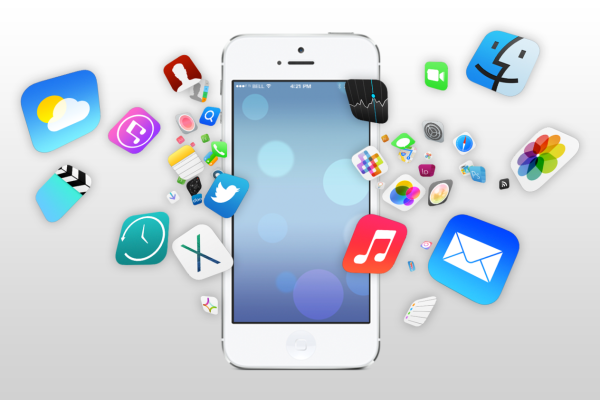There are over 4 million applications available for download across Apple and Google Play stores. That number continues to balloon as more people become interested in coding and potentially turning a profit off of their mobile app ideas. While there are many stages of development when it comes to app building, app testing is perhaps the most important yet most often glossed-over step. Testing goes deeper than just making sure the app you created boots up on your phone. Testing should be conducted across multiple categories, assessed by multiple people, and methodologies need to be suited to what it is you’re looking to discover. If you’re not sure where to start with app testing, keep reading. In our guide to mobile app testing below, our team shares steps you can take to get the ball rolling.
Table of Contents
Test Functionality
Functionality is the most basic means of app testing. It makes sure that your app is functioning in the most foundational sense.
Things you’ll be looking for during the functionality testing phase include:
Installation/Launching
Does the app store you’re using allow you to download your application? Once the application is on your phone, does it launch to your app’s home screen or crash?
If your application gives users trouble installing or launching, you can be sure they’ll be quick to delete it.
Loading
When users input information into your app or navigate through it, do pages pop-up as quickly as they should? Users have a very low tolerance for slow load times so if you’re seeing consistent instances of pages taking longer than 5 seconds to pop-up, you’ll want to optimize.
Load lags can be further exacerbated if your app pulls data from the internet.
Links/Buttons/Prompts
Push notifications, in-app buttons, and links should all be functioning correctly in your application. After all, a dead link could mean a user getting stuck on pages which will quickly lead to your application’s deletion.
It can be tedious to check every link/button/pop-up in your app but believe us when we stress the importance of doing so.
Assess Usability
Once you’ve confirmed that your application is operating from a functional perspective, it’s time to assess usability. App usability issues revolve around a lack of intuitiveness stemming from design.
Non-intuitive apps create conditions where users have a hard time getting to the places they need to go. This creates a stressful experience and contributes heavily to app churn rates (the rate in which people install and then delete your application).
Testing usability can be done by watching people use your application and taking note of how they interact with it. Testing can then be bolstered by having users fill out surveys on their experience.
Likeability Assessments
Even if your application works and usability is solid, you may still find that your application doesn’t hit the mark with your audience.
Maybe your audience feels like your application pulled too many punches. Maybe they know of competing apps that offer a more robust experience.
In any case, if your application is falling short, you’ll want to know about it and take suggestions on how you can improve. This can be done by requesting feedback through surveys.
Security Testing
Applications that collect personal data from users need to be secure. Not being secure and collecting personal data could lead to leaks, some of which have set companies back millions of dollars in the past.
If you’re not a security professional, consider working with a third party to validate the stability of your application’s security protocols. If that’s not an option for you, leverage 3rd party, big-brand plugins when it comes to collecting and storing personal data (ex: use a Facebook login plugin for users to access your application rather than storing emails and passwords on your own).
Some companies bring on hired hackers to see if they can crack their applications. If the hackers can crack your work, use their experience to plug holes in your code before releasing your application.
Platform Testing
Releasing an application on mobile often means releasing it across a slew of devices. Remember, iPhones, iPad, and Android devices all have different nuances. You need to test against those nuances to ensure that nobody is getting a dysfunctional version of your app on their machine.
The only way to fully test your application across platforms is to own/borrow a device you’re testing for. You’d then run your application through the testing buckets we’ve already mentioned. If accessing all of the devices you want to release on isn’t possible, there are emulators available that can let you mock test across devices on your PC or Mac.
Localization
There are billions of people across the globe. By only releasing your application in your country, you’re cutting yourself off from the vast majority of the available market.
Localization is the process of porting your application to other languages and foreign devices to maximize its reach. During the localization process, work with language and cultural experts. They’ll help you ensure your app makes sense across borders, doesn’t offend, and works on devices that are available in global markets.
Rigorous App Testing Leads to Happier Users
The happier your app’s users are, the more 5-star reviews you’ll receive, and the quicker your app’s popularity will grow. The best way to enjoy that trajectory is to take app testing seriously.
We hope that our testing tips help you structure your testing goals and processes.
Our team wishes you the best as you perfect your mobile application. Feel free to continue reading more relevant content on our blog for additional insight!





